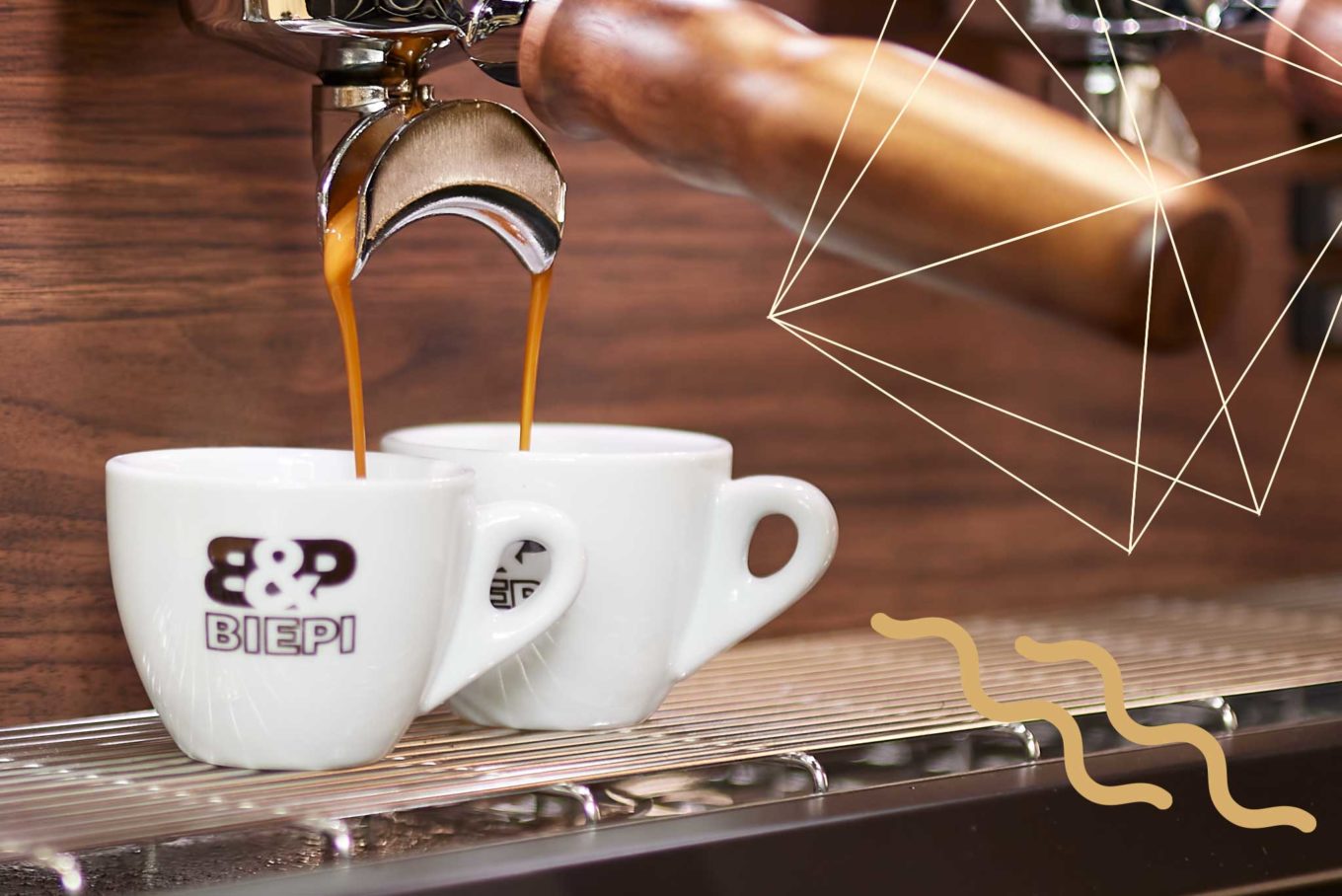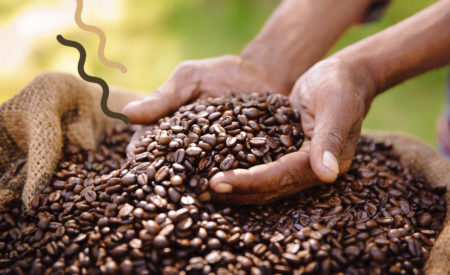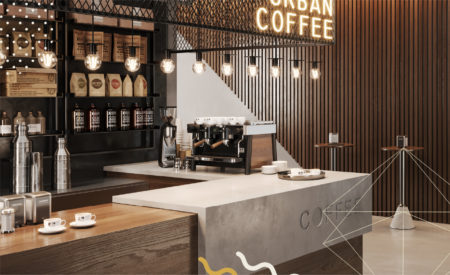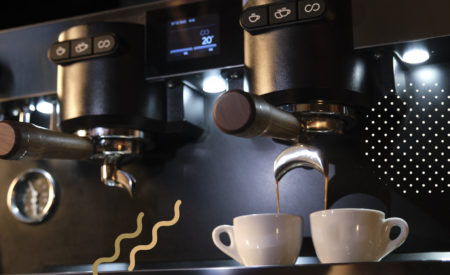Anyone who has spent a few minutes at the counter of an Italian coffee shop at rush hour will have heard many different ways of ordering an espresso: ristretto, double, macchiato!
And just as there are several ways to prepare espresso, vessels also differ: small or large? Porcelain or glass? Below, we share the most common espresso cups in Italy and the reasons why baristas choose them.
Characteristics of a coffee cup
When it comes to serving a good espresso, nothing should be left to chance, so here are the ideal characteristics of a coffee cup at an Italian café:
- it has a capacity of about 65-70 cc to hold about 20-25 cc of espresso and leave room for those who wish to add milk
- the rim should be thin and rounded, so that the lips can envelop it
- the base should be thicker, to ensure the right temperature of the coffee and keep it stable while you sip it
- the bottom of the cup shouldn’t have any angles, to allow the coffee to be stirred and the sugar to dissolve for those who wish to do so
Porcelain espresso cup
Those who follow tradition have no doubt: the best cup for drinking good coffee is made of ceramic. This is the most popular material because it provides excellent insulation and maintains the optimum temperature for a long time. Baristas often store clean cups on top of the coffee machine, which pre-heats them to about 35–40 degrees. This trick helps serve coffee of the right temperature, ensuring a long break and good flavor from the first to the last sip.
Glass espresso cup
Coffee connoisseurs often prefer glass cups, as they appreciate feasting with their eyes on the classic creamy hazelnut-colored foam. Not just that, seeing the density, color and consistency of the foam allows one to get an idea of the quality of the coffee, even before tasting it. Glass does not guarantee long heat retention and is preferred by those who are on quick break and need to cool the freshly extracted coffee and drink it on the fly.
Borosilicate glass cups are a great compromise between porcelain and glass, as an air chamber is incorporated between two layers of glass to combine transparency and better thermal characteristics.
To-go cup
Now that take-out coffee has finally caught on in Italy, almost all coffee shops are equipped with disposable coffee cups made with paper. A coating on the inside ensures waterproofing, and some cups are made of corrugated cardboard to provide better thermal insulation. Since there is no handle, the cups are often wrapped with additional bands that allow the cup to be personalized and for the person not to be scalded. These types of containers are compostable and have completely replaced the old disposable plastic cups, ensuring good, hot and environmentally friendly takeaway coffee.
Ceramic or glass, sit-down or take-out: what is your favorite way to order espresso?





